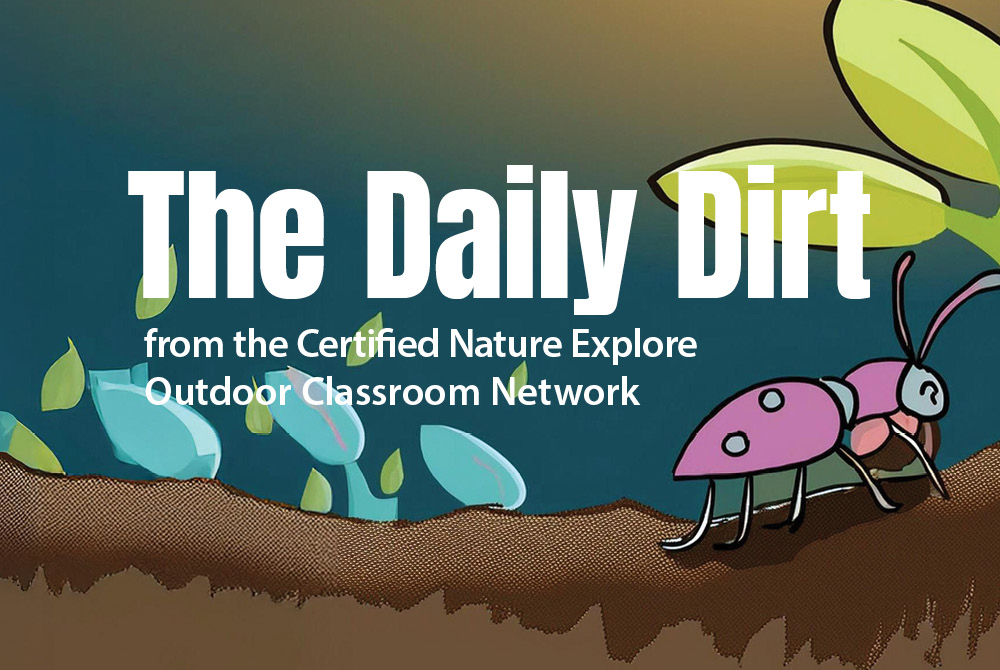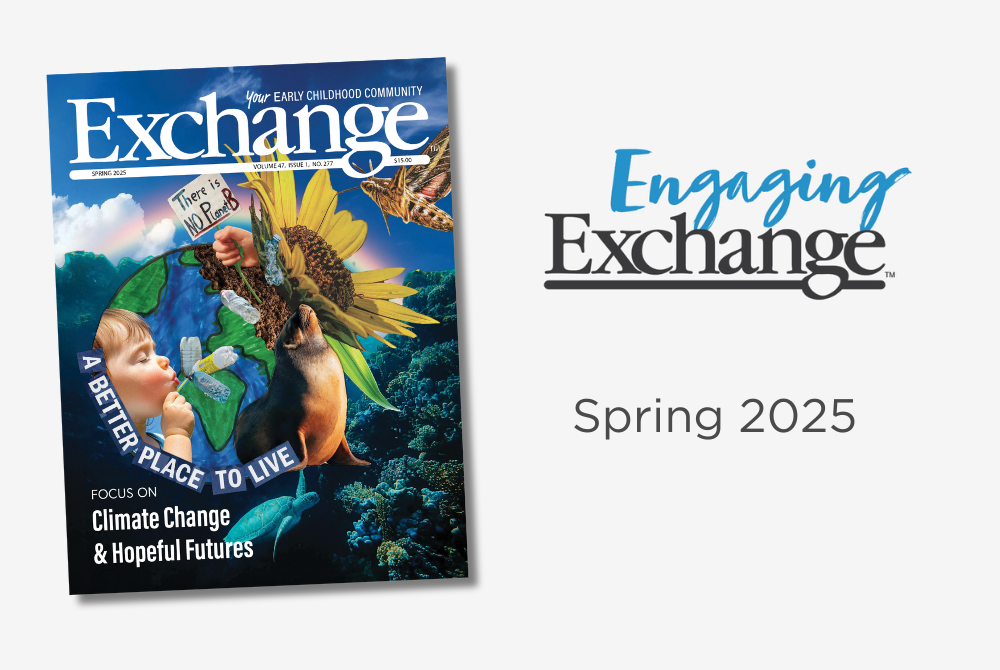August 20, 2024
Emphasizing the Role of Nature in Early Childhood Ecosystem Design
Nature holds the key to our aesthetic, intellectual, cognitive, and even spiritual satisfaction.
– E. O. Wilson, 1929 – 2021, American biologist, naturalist, ecologist, and entomologist known for developing the field of sociobiology.
Today’s EED is from guest contributor Miriam Beloglovsky. Miriam is professor emerita, public speaker, founder of Playful Transformation, and co-author and author of several books on early learning, design, loose parts, and play for people of all ages and abilities.
Children are naturally drawn to nature’s beauty, whether it be the brilliant colors of a sunset, the intricate patterns of a snowflake, or how leaves change colors in the Fall. With its awe-inspiring beauty, nature can support early childhood ecosystem design.
Patterns: Nature’s patterns, with their beauty and functionality, offer a profound reminder of the interconnectedness of all things and the delicate equilibrium that sustains life.
Rhythm: Children thrive with routine and structure. Rhythm organizes daily events into predictable and coherent patterns, increasing neuroplasticity.
Diversity: Diversity is all around us. To cultivate equitable and inclusive spaces in early childhood classrooms, we must view them as thriving ecosystems that embrace diverse relationships, rhythms, and system patterns.
Mystery: Nature’s mysteries spark a sense of wonder, leading to an enhanced preference for space, heightened curiosity, and a thirst for knowledge.
Unity: Nature is a web of interconnectedness. This unity poignantly reminds us of our interconnectedness with nature and each other and our shared responsibility to preserve this balance and harmony.
Harmony: The idea that everything in nature is in balance and equilibrium. Balance is achieved when the different indoor elements (such as lighting, air quality, and views of nature) combine to optimize the built environment.
Context: Child development and learning occur within a social-cultural, community, natural, political, and historical context. The combined experiences create a more sustainable and thriving ecosystem.
Nature is all around us, and as early childhood educators, we are responsible for creating opportunities for children to connect to nature. By doing so, we can create a world that is not only beautiful but also sustainable and thriving for generations to come.
Share with the hashtag #ExchangeEveryDay
Print Friendly
Related
By Lisa Goddard, Ashley Brailsford and Becky DelVecchio
By Ben Mardell













